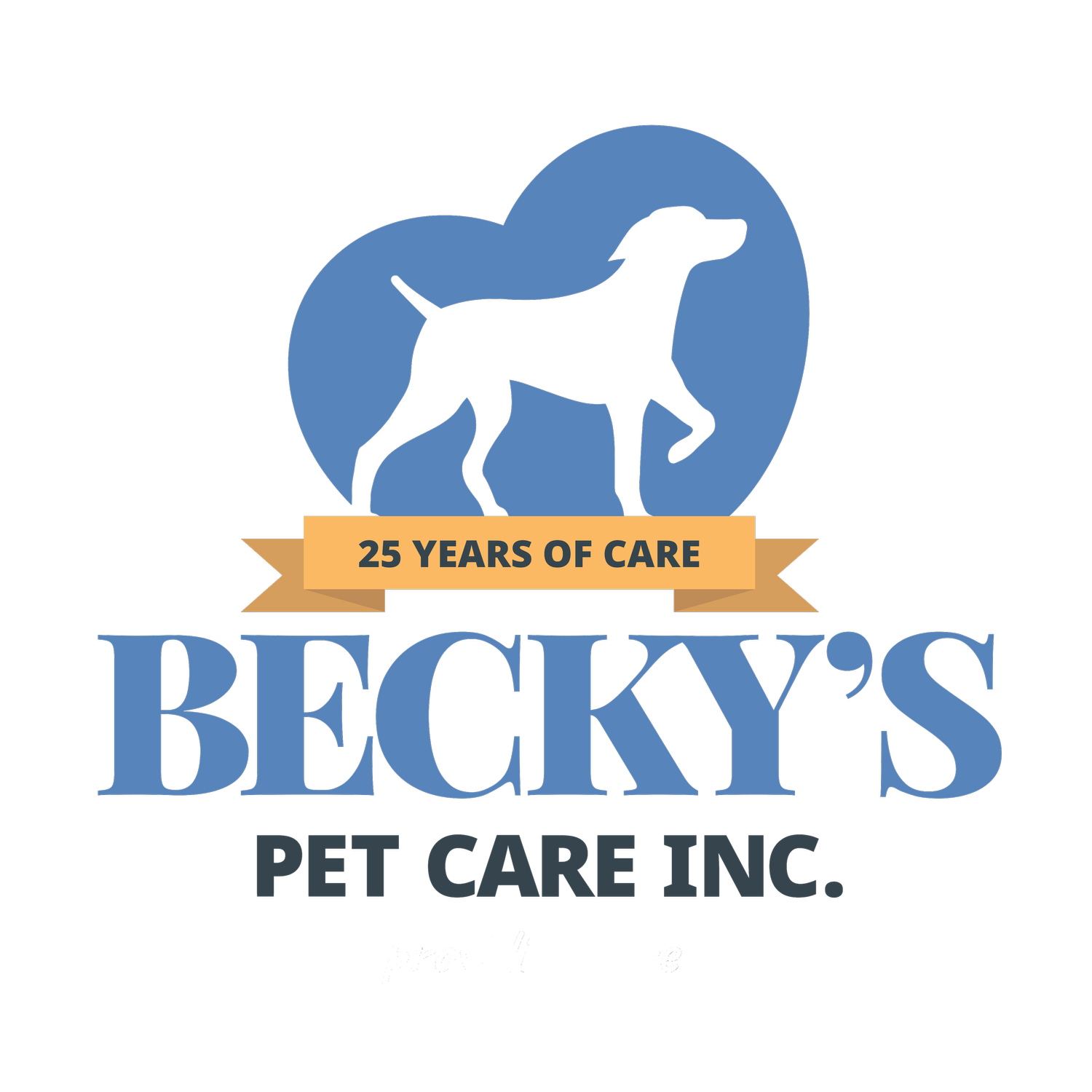Pet Dental Health Month
February is Pet Dental Health Month, sponsored by the American Veterinary Medical Association (AVMA) to encourage pet owners to learn about the importance of oral health care for their dogs and cats. Dental disease is the #1 illness affecting pets. By age 2 or 3, 80% of dogs and 70% of cats have a form of dental disease that can link to other health issues in pets, including heart, kidney, gum infections, tooth loss, and bad breath.
Veterinarians consider clean teeth and fresh breath as one of the best indicators of good overall pet health that pet owners can observe at home. Yet, dental disease is the most commonly diagnosed health problem that pet owners are surprised to hear about from their veterinarians.
Dog and cat teeth are similar to human teeth with enamel, dentin, and pulp; they experience pain and discomfort with cracked and infected teeth.
Like people, dogs and cats have two sets of teeth: “baby” and “permanent.”
There are four stages to Periodontal Disease (PD); the goal is for pet parents to keep the pet’s teeth from getting to Stage 1; each set is progressively worse, reducing chances of PD being reversed and may result in other health issues.
Dogs and cats can get oral tumors; they can suffer trauma from accidents or fights that affect their teeth and bite; caged dogs can chew cages, and service dogs pick things up with their teeth that can cause dental trauma.
After weight control, veterinarians are most likely to cite dental care as one of the most important things a pet owner can do to increase the length of a pet’s life. Yet, only 16% of pet owners say they’re interested in learning more about the topic.
Most pet owners dread brushing their dog’s or cat’s teeth, but other things can help with oral care. It’s not all or nothing for pet dental care. Being a pet parent is responsible for the pet through all stages of life. This includes minimizing the risk of disease, illness, and injury.
Start your pet’s dental care as soon as you get your pet (young or adopted):
Get the pet used to having its muzzle touched & lifted to look at the teeth.
Take a damp wash cloth and rub the teeth, so the pet gets used to having the teeth touched.
Slowly introduce a toothbrush with PET toothpaste (NEVER use human toothpaste); online videos show how to brush a pet’s teeth & provide tips.
Choose approved dental treats, toys, and nutrition (check with your veterinarian).
If you notice unusual chewing habits, talk to your veterinarian immediately, as these can signify problems.
Have your veterinarian check your pet’s teeth at every annual checkup.
Written By: Johna GagnonEdited By: Jesse Ragon
